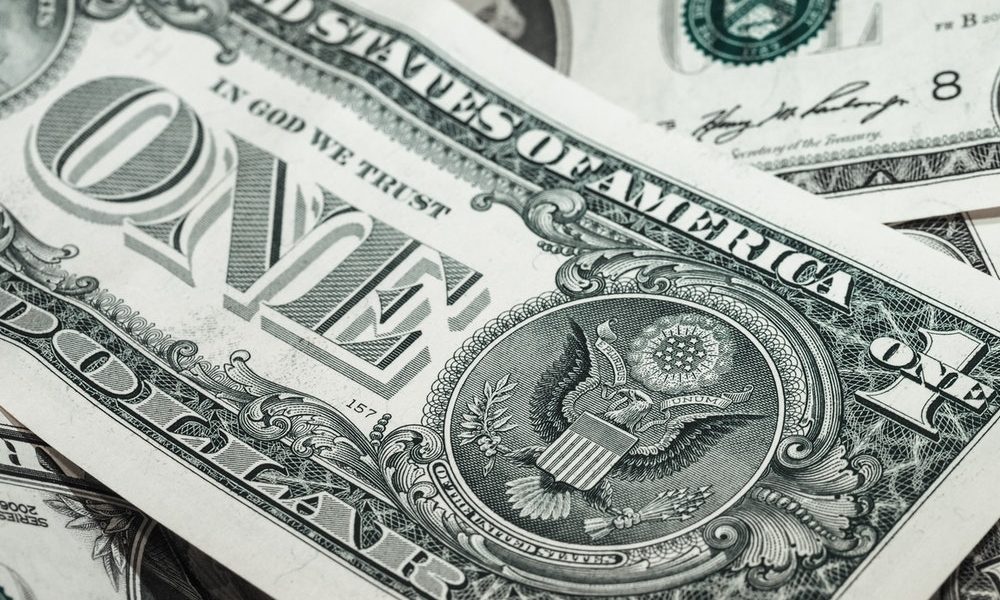
Tips To Help Students And Graduates Pay Off Student Loans

If you borrowed money to pay for school, your first question might be how best to pay off your student loans. The short answer is that there’s no magic bullet, but there are definitely things you can do to make paying back education debt easier. Student loan debt reached an all-time high of $1.6 trillion in 2022, so you’re not alone.
A growing segment of the economy is devoted to helping Americans figure out how to pay off student debt, and there’s a lot to learn. Research states the average student has roughly $31,000 in debt after graduation. It is important to determine how much student debt you have prior to graduation. It can help you better understand the type of repayment plan you need to have. Below are a few ways to start paying off your student loans, even while you are still in college or a graduate.
Establish a college repayment fund
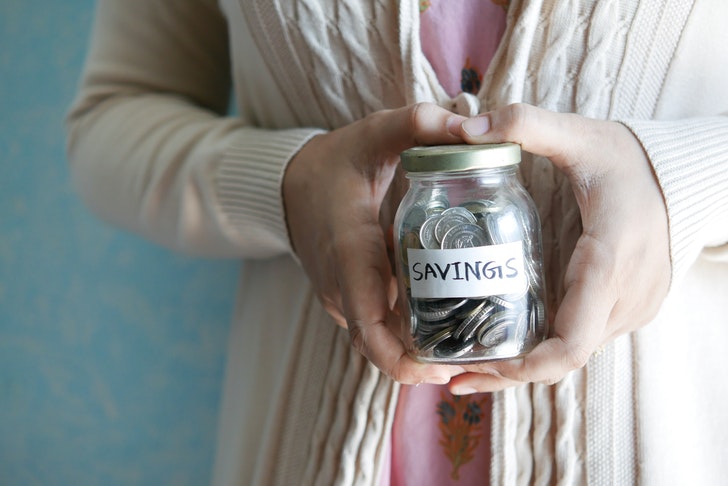
Towfiqu Barbhuiya/ Pexels | Let’s invest in the future by investing in the education of our youth and the re-education of those who need it
If you’re not sure how much more you can devote to your student loans every month, set up automatic transfers to separate savings accounts specifically for college debt. Transferring money automatically into savings is effective because you won’t be able to spend it on something nonessential like clothes or dining out.
Just make sure to set up a separate account for paying back your college debt. Don’t use a checking or savings account you already have, because you might be tempted to use that money for something other than your student loans. Compare savings accounts and put your money in a high-yield savings account to maximize your returns.
Pay off student loans with the debt snowball
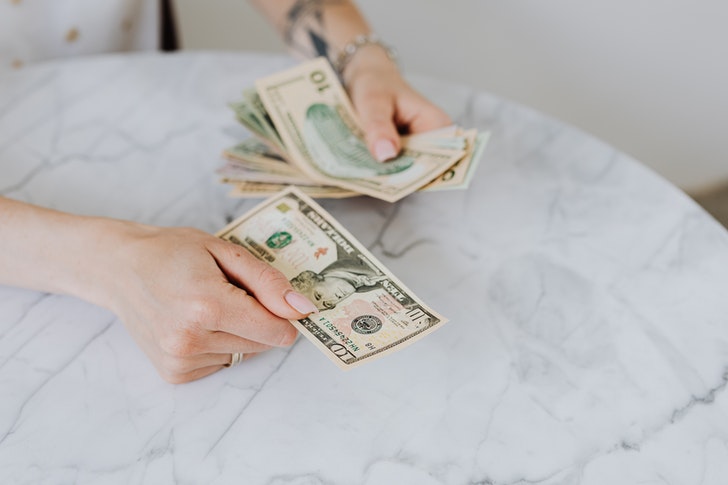
Karolina Grabowska/ Pexels | About one-third of those ages 18 to 29 currently have student loan debt
The debt snowball method has helped a ton of people dump their debt, and it can work for student loans too. First, list all your loan debts, these may include private loans, secured loans, and unsecured loans, from smallest balance to largest. Start paying on the smallest student loan balance first. Throw any extra money you have into paying off that first debt while still paying the minimums on everything else.
Once you’ve paid off the first debt, move to the second-smallest balance. Take everything you were putting toward the first one and add it to the minimum of the second balance. Once that debt is paid, move on to the next one and repeat the process until you’re finally out of debt.
Refinance if you have good credit and a steady job
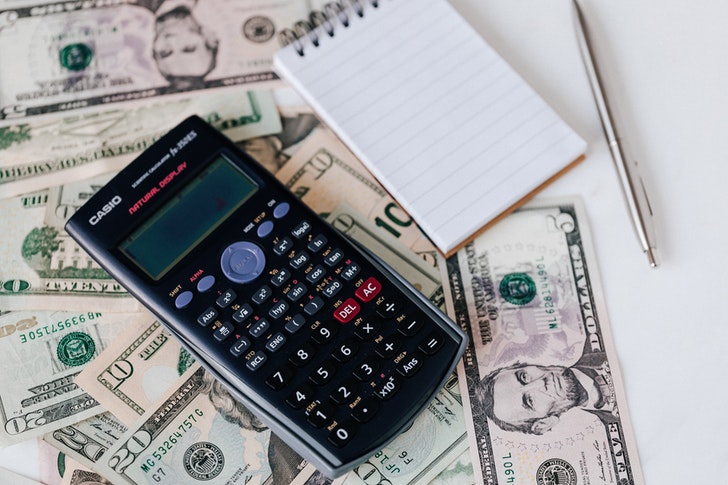
Karolina Grabowska/ Pexels | There is approximately $864 billion in outstanding federal student loan debt
Refinancing student loans can help you pay off student loans fast without making extra payments. Refinancing replaces multiple student loans with a single private loan, ideally at a lower interest rate. To speed up repayment, choose a new loan term that’s less than what’s left on your current loans. Opting for a shorter term may increase your monthly payment. But it will help you pay the debt faster and save money on interest.
More in Advisor
-
`
Celebrity Couples Who Have Ended Their Relationships in 2025
2025 has already seen its fair share of celebrity breakups, and the year is just getting started. From heartfelt announcements to...
February 6, 2025 -
`
How Trump’s Policies Will Reshape Artificial Intelligence in the U.S.
The United States witnessed a significant political shift as Donald Trump took the presidential oath once again. His return to the...
January 31, 2025 -
`
Millie Bobby Brown Shuts Down Age-Shamers with a Powerful Message
From the moment Millie Bobby Brown first appeared as Eleven in “Stranger Things,” she captured hearts worldwide. But growing up in...
January 25, 2025 -
`
Why Outsourcing Payroll Services Is a Smart Business Move
Managing payroll is no small task—it’s a crucial part of any business that ensures employees are paid accurately and on time....
January 15, 2025 -
`
These AI Stocks Should Be on the Watch List of Investors in 2025
The buzz around AI stocks is growing louder than ever. With artificial intelligence shaping industries like healthcare, finance, and tech, smart...
January 8, 2025 -
`
Why the Starbucks Workers Strike Is Expanding Across U.S. Cities
The Starbucks workers’ strike has gained significant momentum, with employees in more U.S. cities joining the movement to address unresolved issues...
January 2, 2025 -
`
Are Shawn Mendes and Camila Cabello Still Close After Breakup?
The connection between Shawn Mendes and Camila Cabello continues to intrigue fans worldwide. Their shared history, from chart-topping collaborations to a...
December 24, 2024 -
`
Here’s What It Takes to Become a Professional Physical Therapist
Physical therapy is a career that blends science, empathy, and problem-solving to help people recover from injuries or improve mobility. Knowing...
December 19, 2024 -
`
GM Battery Cell Plant Deal Marks $1 Billion Ownership Shift
General Motors (GM) plans to sell its stake in a $2.6 billion electric vehicle battery cell plant in Lansing, Michigan. This...
December 11, 2024










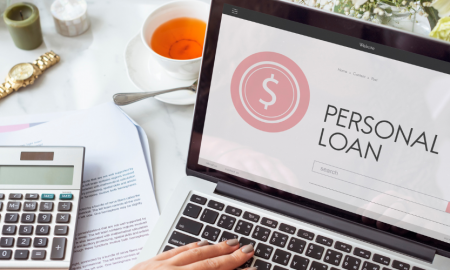




You must be logged in to post a comment Login